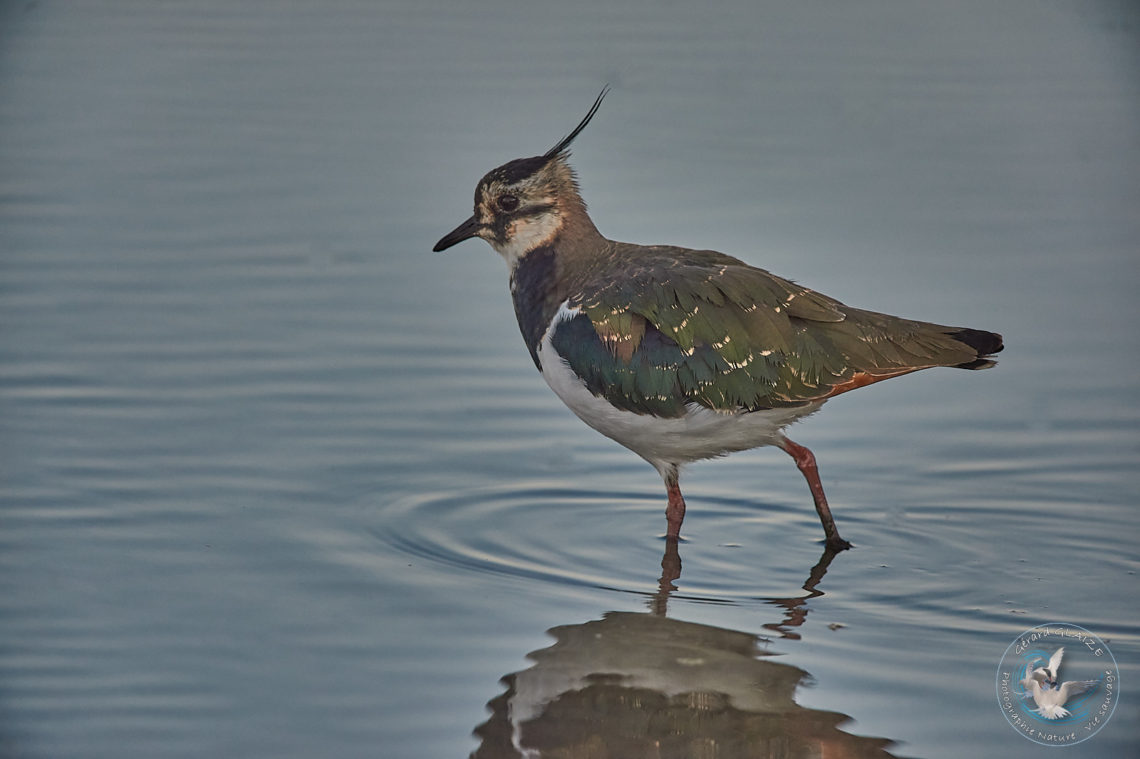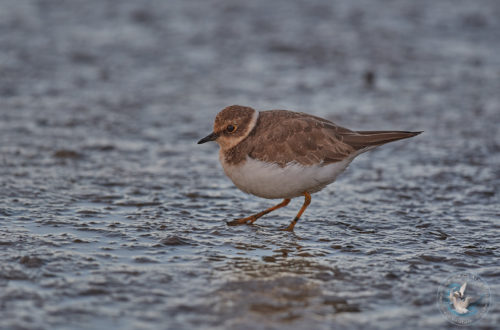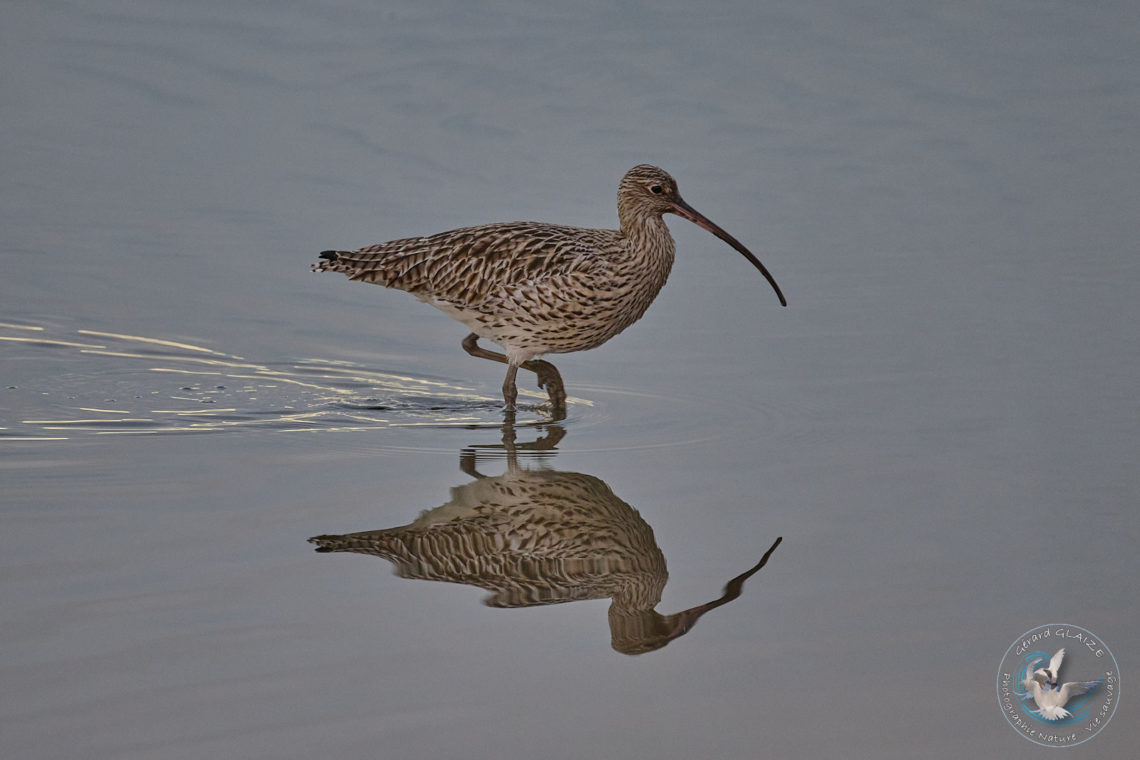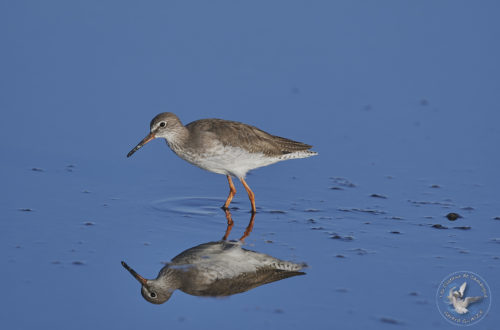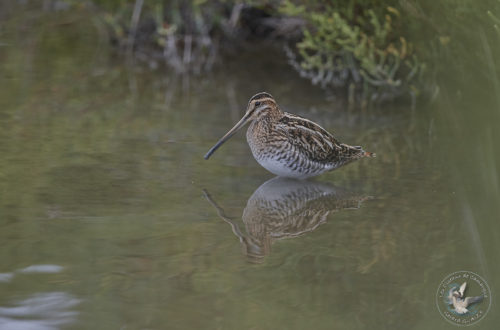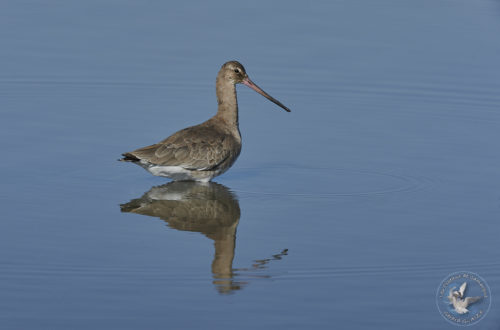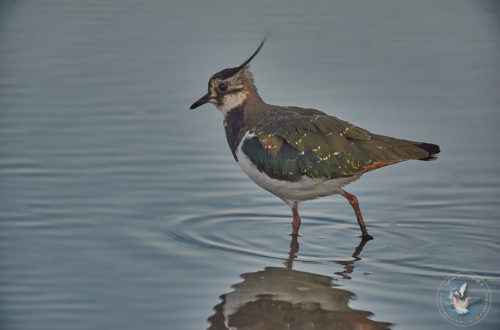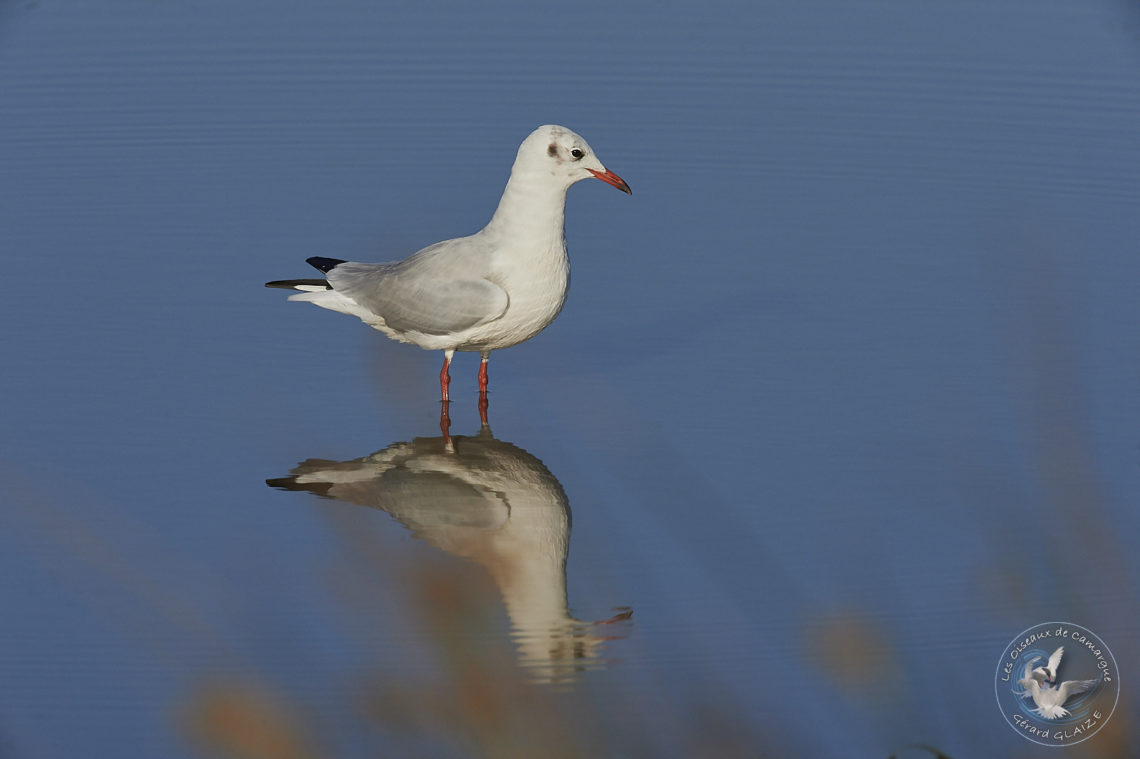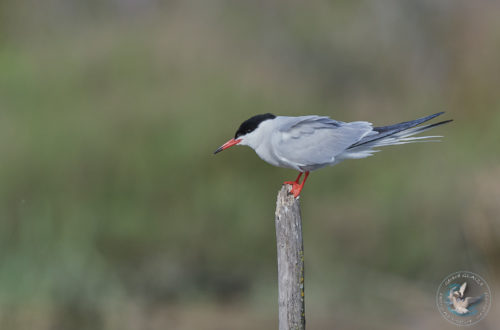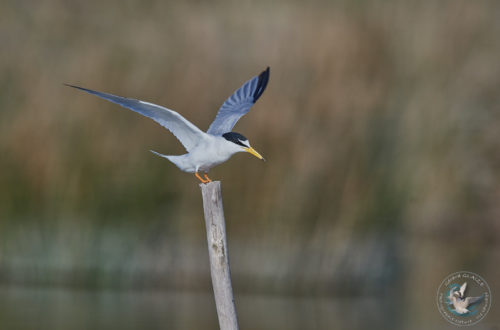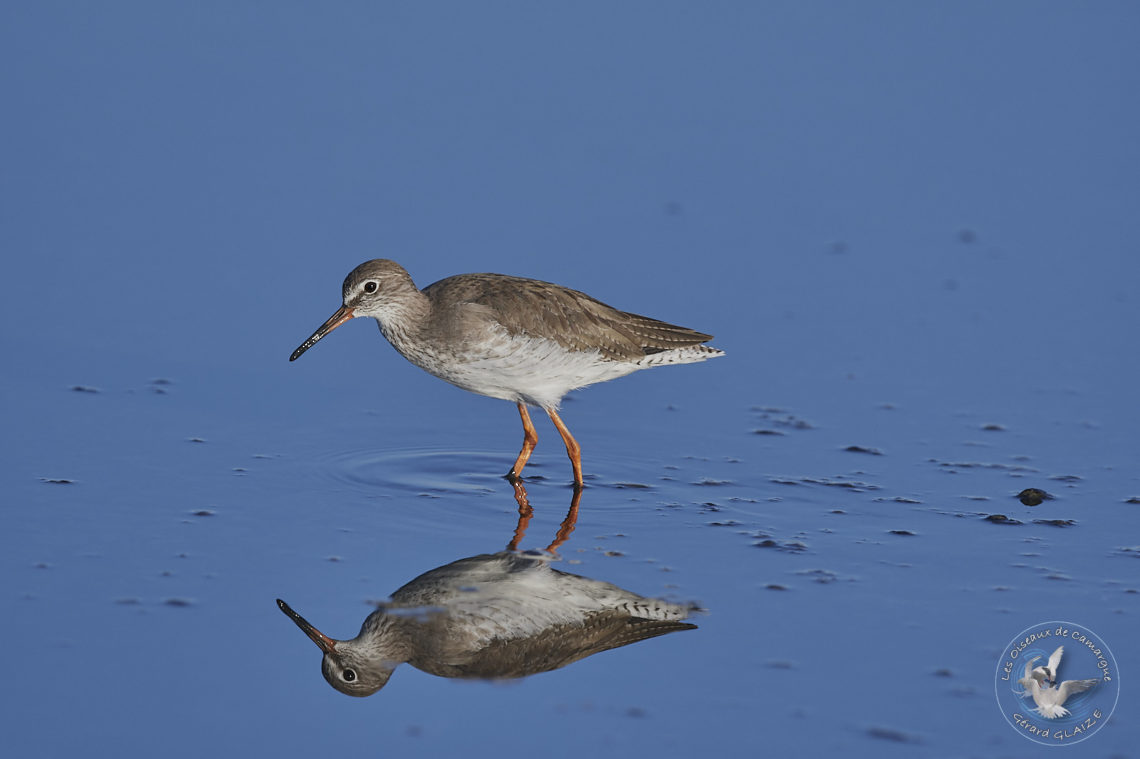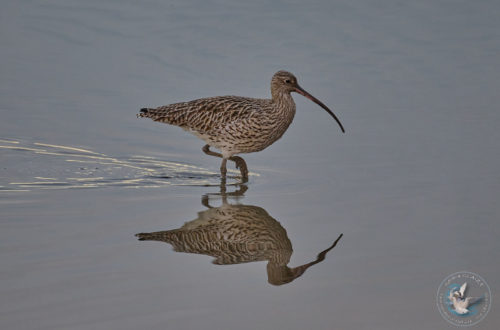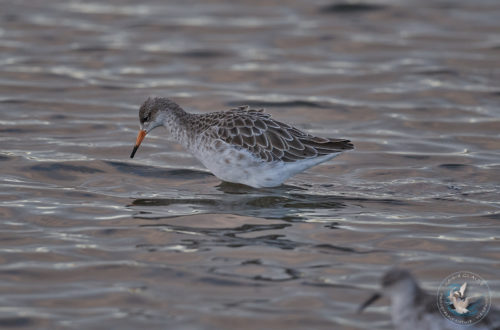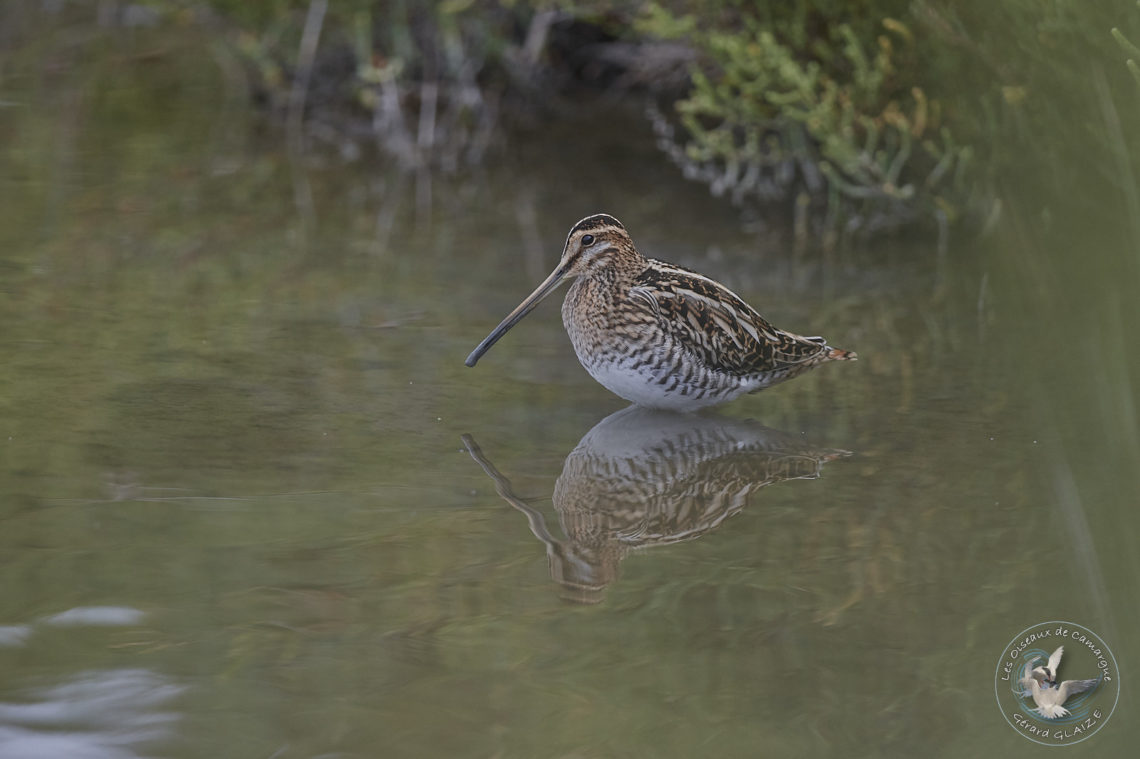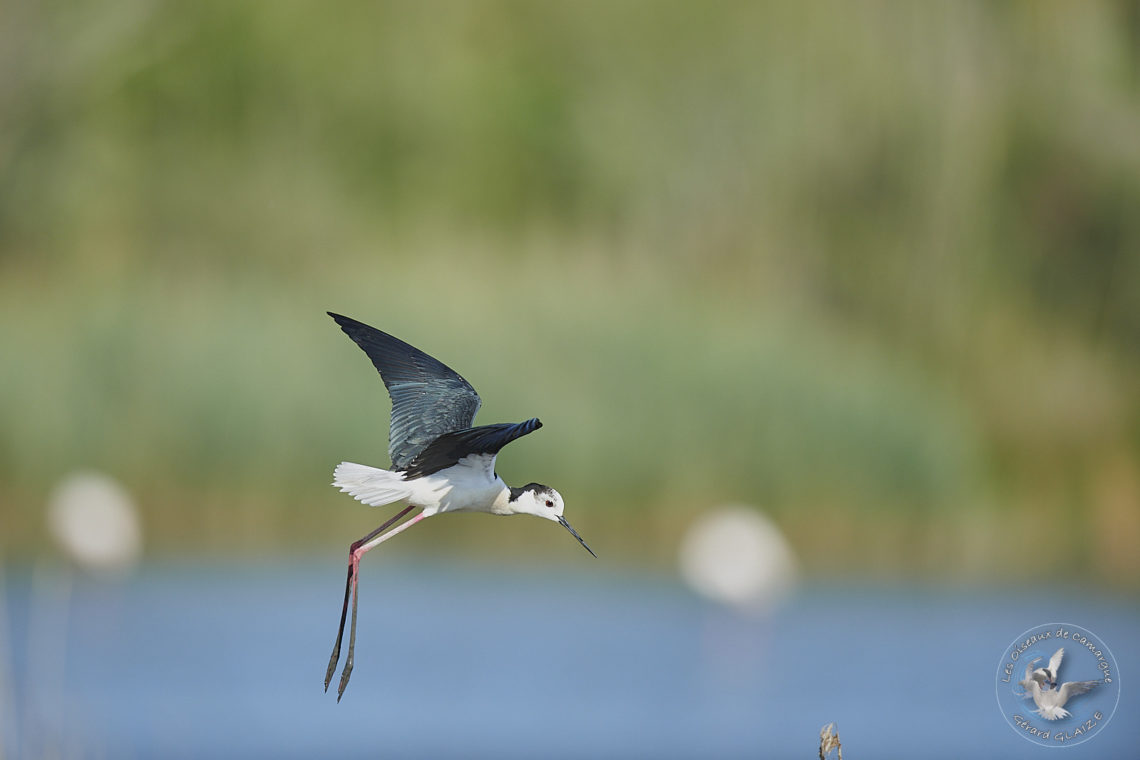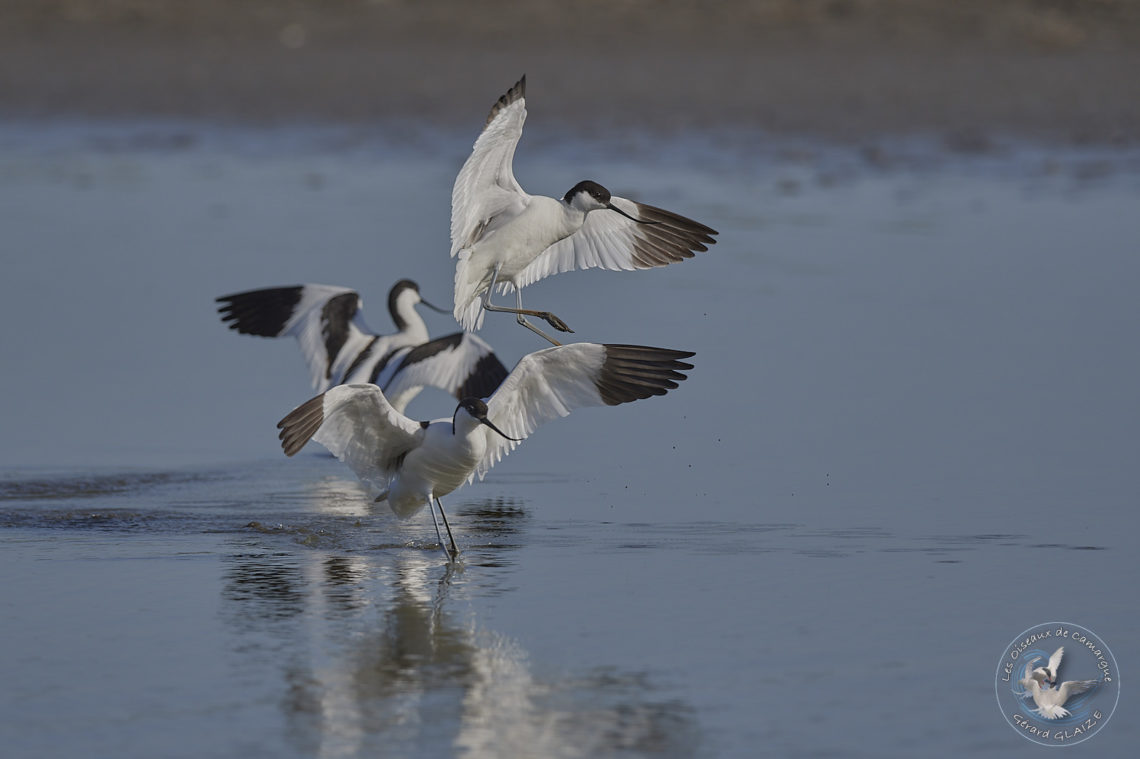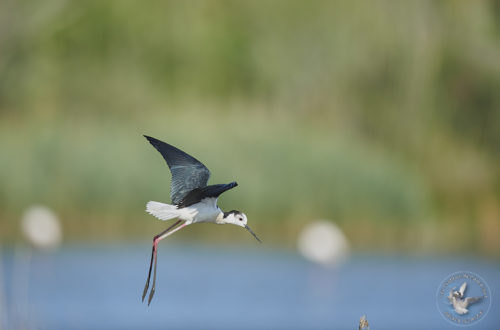Shorebirds
Birds designated by the term shorebirds are small waders of the order Charadriiformes. It has 19 families and 391 species, characterized by their habitat: swamps, inland wetlands and seashores.
The most important families are:
- the Laridae : 103 species
- the Scolopacidae : 98 species
- the Charadriidae : 69 species
-
Northern Lapwing
Northern Lapwing is a species of medium-sized wading birds, often living in flocks, common in Europe. It has a characteristic long, tapered black crest, while the back and tail plumage are green, although it appears black from a distance.
-
Eurasian Curlew
The Eurasian Curlew is a species of wader belonging to the large family Scolopacidae. On the other hand, it is the largest European shorebird of its kind. Its long legs are grey-blue, and end in 4 fingers. The plumage is speckled and streaked with gray, red, brown, tawny and white.
-
Little Ringed Plover
The Little Ringed Plover is a species of aquatic bird from the shorebird group belonging to the Charadriidae family. It is a very widespread species in continental Europe and Asia.
-
Black-headed Gull
Black-headed Gull is a bird of the Laridae family, it is white in color with pearl gray wings except the black tip.
-
Spotted Redshank
Spotted Redshank is a species of shorebird belonging to the family Scolopacidae. It is a slender, long-legged wading bird, slightly larger than the common redshank.
-
Black-tailed Godwit
Black-tailed Godwit is a species of shorebird in the Scolopacidae family. It is one of the two species of godwits living in France. It is a fairly large wader without well-marked sexual dimorphism. The females have a slightly paler plumage and are a little larger.
-
Common Snipe
The Common Snipe is a wader. She has pale and dark brown striped and mottled upperparts plumage. The underparts are white with black stripes on the flanks. Breast is buff, mottled with brown.
-
Black-winged Stilt
The Black-winged Stilt belonging to the group of waders is recognizable by its thin, straight beak, its white body plumage, its black wings, its very long red legs which clearly protrude from the tail in flight. Both sexes are almost alike
-
Pied Avocet
The Pied Avocet well deserves its name and has not usurped its qualifier of elegant. This large wader is easily recognizable with its fine black beak curved upwards, its white plumage dotted with black spots, its gray blue legs, the feet are webbed.
